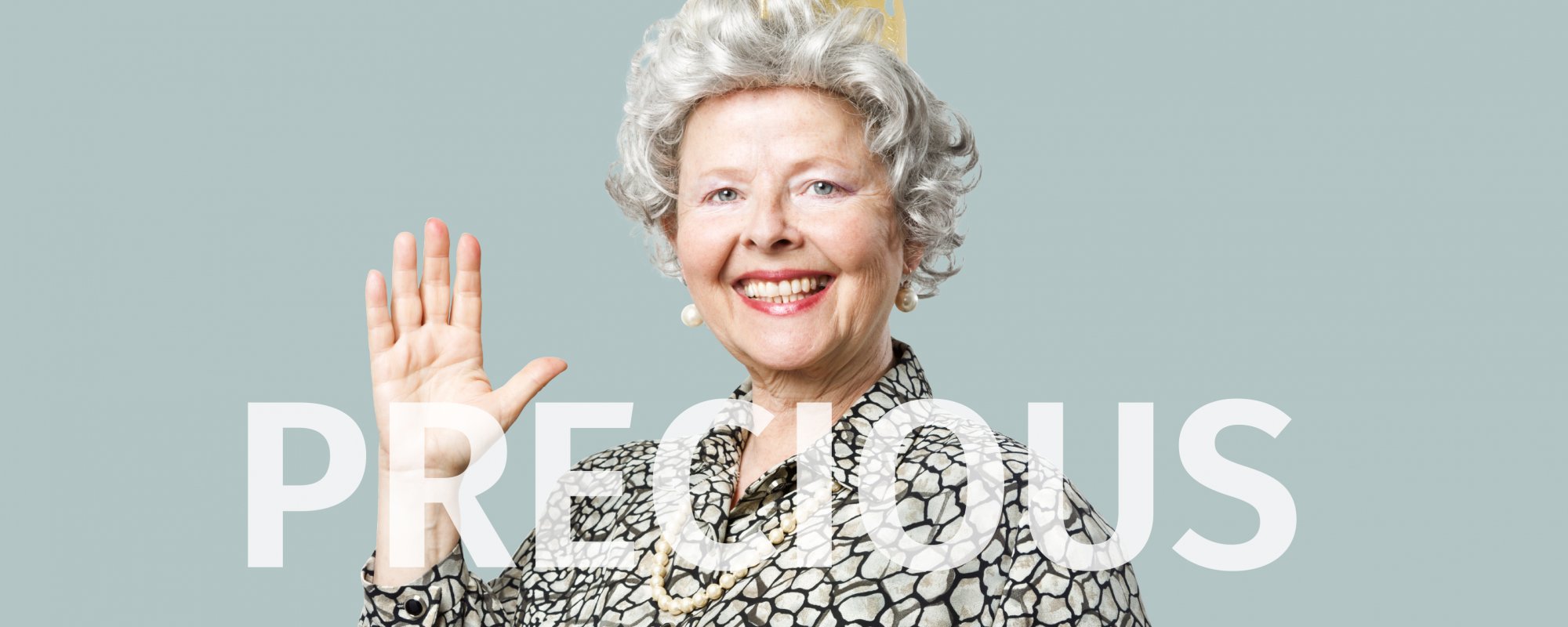The regular who just stormed out of your business took $1,400 of future revenue with her. To replace her will cost you about $160, and this does not take into account the dirty bomb effect that her scathing 1-star review will have on your reputation for the foreseeable future.
Whether they’re the result of your overpromising or under-delivering, online reviews from the one night stands that you call a customer experience are inevitable nowadays. Highly dissatisfied customers will go out of their way to ensure that everybody and their uncle knows how lousy you were, and the fallout can be devastating.
As for the remedy, there’s no hack for sustainable improvement when it comes to boosting your online reviews. Anyone that tells you otherwise is full of shit. You simply have to provide a better experience than you do now, and that means rooting out what’s going wrong and fixing it.
“Repeat customers and a steady stream of referrals are signs of a healthy brand”
In order to justify putting any investment into your customer experience, it helps to have a rough idea of how much a customer is worth. Doing that means working up your Customer Lifetime Value (CLV), which is the term used to describe the total amount of money that a customer will likely spend with you from first contact through to the end of the relationship.
The simplest formula for calculating your CLV is to take the amount an average customer spends per visit and multiply that by the number of times that purchase occurs in a year. Then multiply that number by the number of years a customer typically stays with you.
There are more complex and convoluted versions of this formula available, but if the concept of CLV is new to you, then I suppose a nod’s as good as a wink to a blind horse.
Peter Drucker once said “ The purpose of a business is to create and keep a customer’, and while I believe those words to be as true today as when they were first spoken, it does seem as if we have lost touch with the importance of the latter.
It costs – on average – 5 times more to get a new customer than it does to keep one you already have. Existing customers are also more receptive to trying your new products or services, spend more money, are more profitable and can be a steady source of new business if you consistently play your cards right. What’s not to like?
Try putting aside your ridiculous newfound purpose of ‘fostering world peace by recycling toner cartridges’ (thanks Sinek) and instead be content with the humble and human pursuit of making every customer who comes your way – new or familiar – feel like they’re welcome, wanted and worth the world.
If you think you could be doing a better job with your customer experience program, or you want to actually develop a program but don’t know where to start, we do. Contact Nick to learn more.
